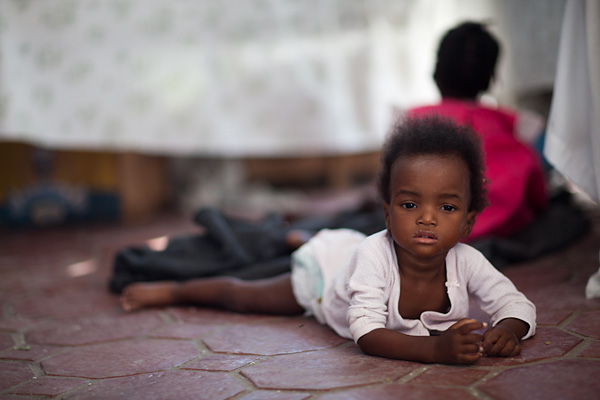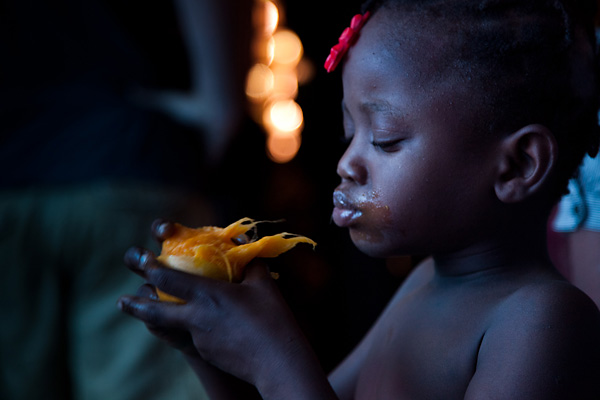It has been over a year since the devastating earthquake struck Haiti. While the media’s attention has shifted to more recent world events, the most vulnerable children of Haiti continue to face severe malnutrition, lack of healthcare, abandonment and neglect. UNICEF estimated there were 380,000 orphans in Haiti before the earthquake. It is believed that post earthquake that number has doubled. Sadly, according to USAID, the U.S. Agency for International Development, many of the children have been abandoned or simply left on the street by their parents because of extreme poverty or disease. Haiti’s shattered infrastructure has left families who were already very poor with even fewer resources to survive.
However, in times of tragedy, unexpected heroes have emerge. Jesika Bishop, a 26 year old hair salon manager from Los Angeles, California, is one of them. Bishop flew to Haiti after being touched by the images and stories of the earthquakes aftermath. Since then, her nonprofit organization, Transparency for Haiti, has spent months volunteering in communities and orphanages throughout the region.

Photo Ben Horton
One of these orphanages is Bon Samaritain in Croix Des Bouquets, a suburb of Port-Au-Prince. “There are 120 children living in an orphanage with only six staff members,” said Bishop, adding that the lack of hygiene, nutrition, and education is heart wrenching. “The babies are on the dirt floor crying with no one having time to attend to them. Many have runny noses that haven’t been wiped in days.”
According to Bishop, the orphanages in the area are struggling to take care of all the children. “The conditions of the orphanages have worsened,” she explains. “Haiti got a lot of attention right away, and then it faded.”
At the height of the emergency response, Haiti was at the forefront of the world’s mind. The emphasis was on the immediate relief. Now over a year later, 800,000 people are still living in tent cities and according to the United Nations, many are at risk of contracting cholera due to lack of clean water and sanitation. The UN Office for the Co-ordination of Humanitarian Affairs, OCHA, reports that despite the investment made in training and awareness programs, there are still cases of the disease in child care centers and orphanages.

Photo Ben Horton
In Jacmel, a city 25 miles South of Port-Au-Prince, there is an independent school and orphanage, Rousse Ecole. The school is run by a young husband and wife team, Joseph and Roussemie Lucien. They employ six teachers for the 100 students that come to school each day. Twenty of the children became orphans after the earthquake. The Luciens took them in and now they live on site with the couple and their five children. According to Bishop, the conditions they live in are difficult. The children sleep on the concrete floor with blankets and the couple struggles daily to feed them.
Today, a lot of the help is coming from the small organizations already on the ground such as Transparency for Haiti which has brought in hundreds of pounds of supplies ranging from clothes and shoes to vitamins and cleaning supplies to the orphanages. Other organizations like Grass Roots United work with Haitian doctors to provide deworming medication and sanitation education at orphanages and communities throughout Port-au-Prince.
However, rebuilding Haiti is going to take much longer than a year. Many small humanitarian organizations are working with the people of Haiti to provide sustainable solutions for education, housing, medicine, and jobs in the region. These organizations are always looking for volunteers and donations to help them with their mission.
“The Haitian people have so much faith,” said Bishop. “”The hope is still alive.”


4 Comments
Trackbacks & Pingbacks
Comments are closed.